Maintenance Management Portal
INFICON has a new 'out-of-the-box' solution for maintenance task management. The Maintenance Management Portal is designed to replace paper instructions and the need for paper records management with a more flexible digital solution. The Maintenance Management Portal application allows an engineer or technician to easily turn maintenance checklists into workflows (Figure 1). The management of ongoing and completed maintenance, as well as communication between engineers and technicians becomes more efficient with the built in reporting features. The Maintenance Management Portal is also designed to integrate with INFICON's software product suite.
The Maintenance Management Portal integrates with our maintenance task template. The maintenance task template contains:
- Pre-modeled maintenance tasks
- A collection of user input types, not just the typical checkbox style input
- Ability to view related specifications and task instructions in the same window as the workflow input fields
- Input validation
The Maintenance Management Portal contains the learning from a diverse range of experiences of maintenance engineers across the semiconductor industry. These field engineers provided insight into the many challenges of managing and reviewing maintenance work.
Key Features
- Modeled workflow with parallel tasking for equipment maintenance teams
- Creation and management of:
- maintenance event comments
- continuous improvement
- ad hoc checklist items
- Passdown view for reviewing notes and open maintenance items during shift change
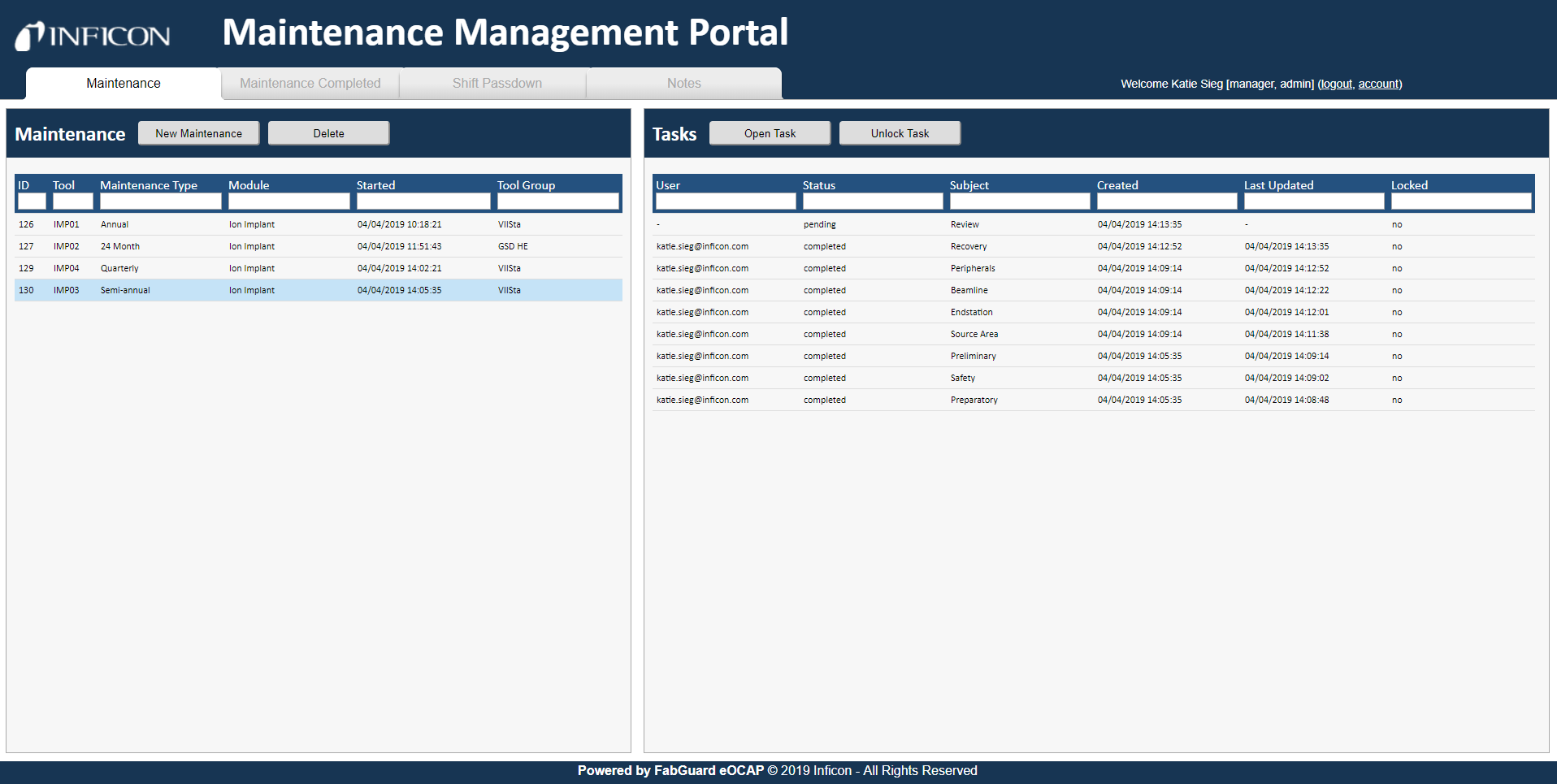
Figure 1: FabGuard Maintenance Management Portal.
Modeled Workflow and Parallel Task Work
A key feature of the Maintenance Management Portal is modeled workflows and the ability to perform parallel tasks. Rather than having a serial task list where each task must be completed before moving to the next task, it is possible to allow more flexibility and model how work is actually performed by the maintenance team.
For example, a Logistics task can be modeled to open the parallel task Pre Work and Safety immediately, instead of having to wait until the Logistic task completes (Figure 2). Once these tasks are completed, the primary maintenance work will become available and can be completed in the order designated by the maintenance team for that maintenance event. Recovery does not become available until all primary maintenance tasks are fully completed.
Each task is modeled to include data validation. This prevents the maintenance work from continuing until all checklist items and/or data entries are completed. The modeling can be restrictive or open based on the workflow or individual task needs.
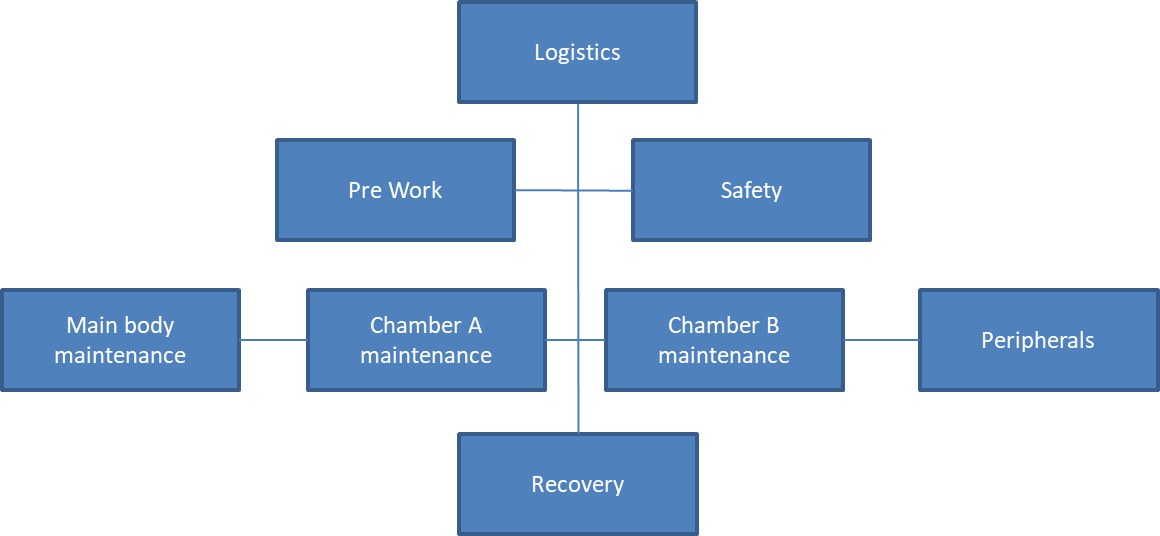
Figure 2: Modeled maintenance workflow example.
Completed Maintenance Review
All completed tasks are summarized into one package and displayed in a filtered table (Figure 3). An individual maintenance event can be loaded into the original maintenance package to allow for easy review of past maintenance (Figure 4). The package data is also available to be downloaded into pdf format, and is stored in a searchable database. This provides multiple ways of reviewing, displaying and summarizing maintenance data.
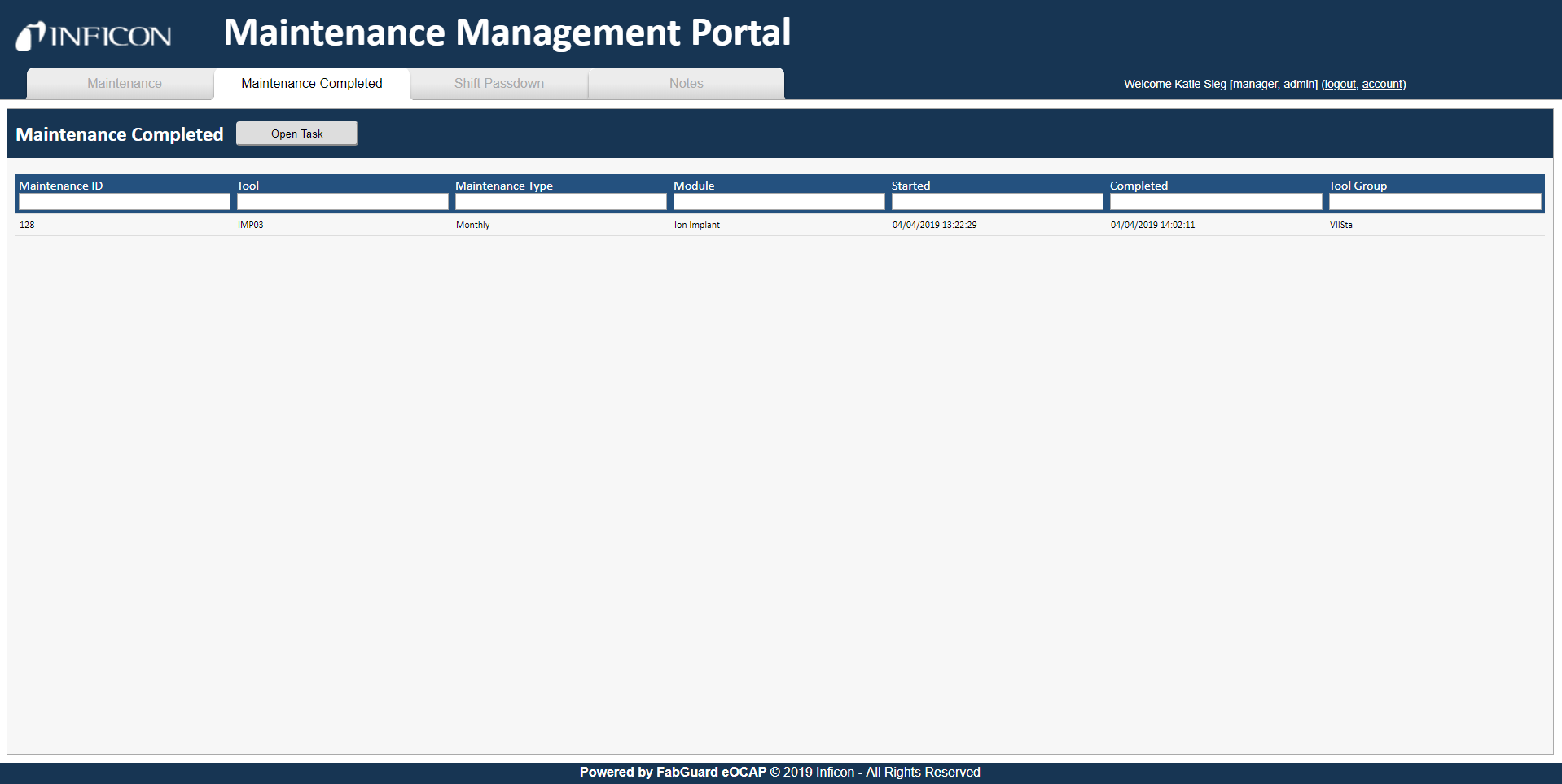
Figure 3: Completed maintenance review.
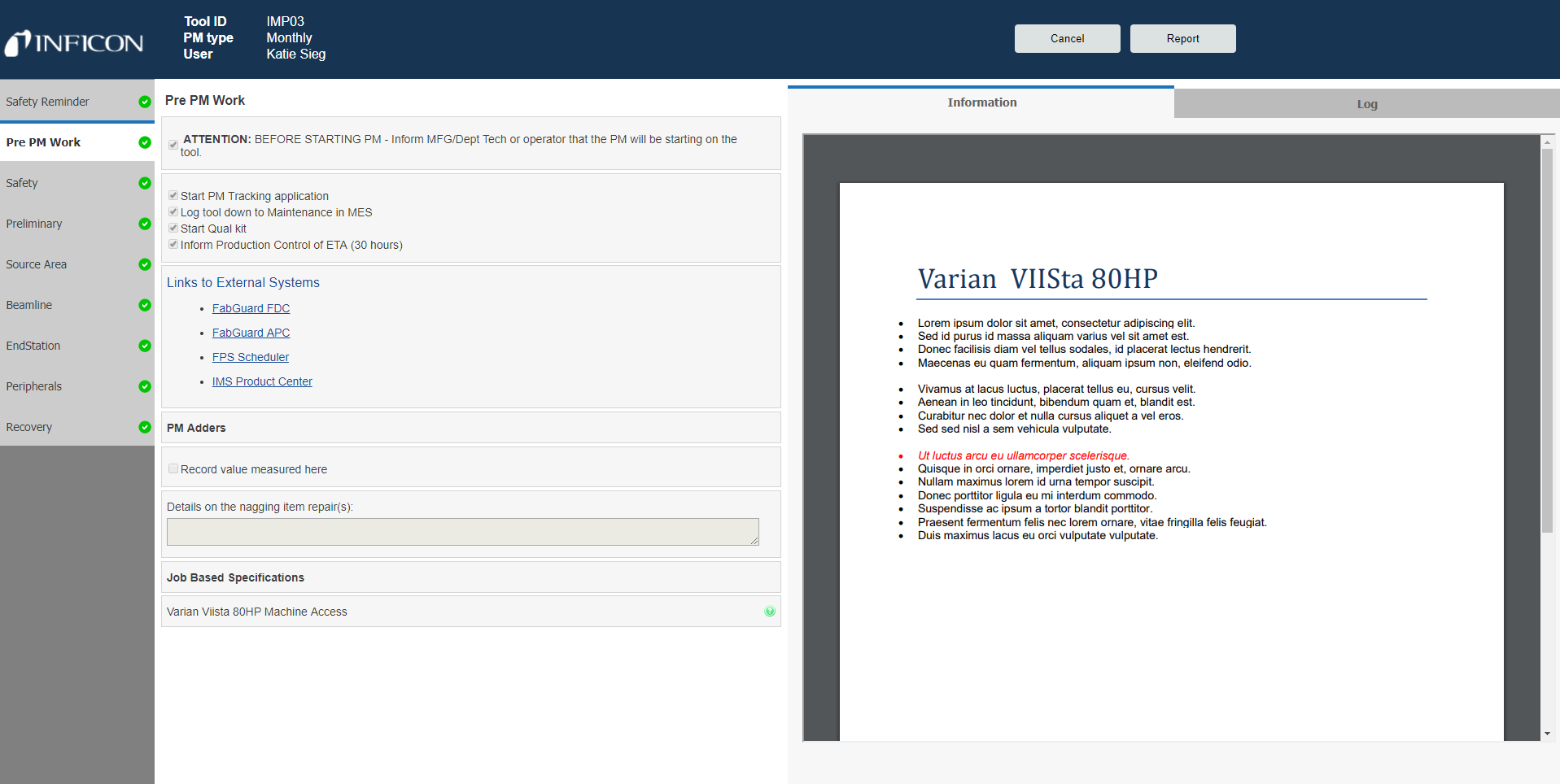
Figure 4: Completed maintenance package summary view.
Passdown
The Shift Passdown View facilitates efficient pass down communication between shifts and maintenance team members (Figure 5). The view can display all active maintenance in the left hand pane and all passdown notes in the right hand pane for a review of the maintenance work state without opening up each individual maintenance event.
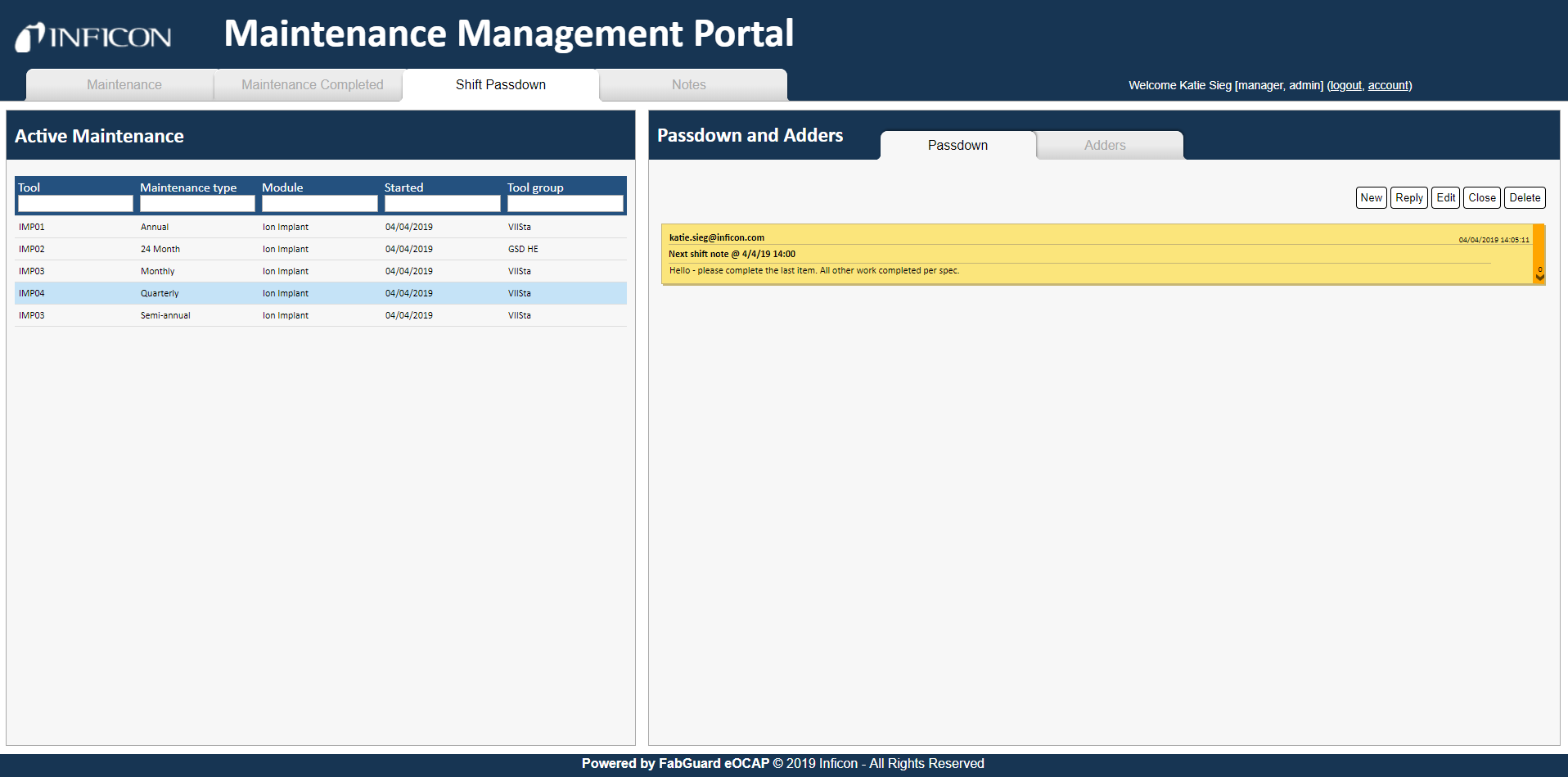
Figure 5: Shift passdown view.
Communication Management
Review and manage the communication that occurs during maintenance events using the notes view (Figure 6). The notes view contains filters for grouping related notes, and reviewing notes for commonality or trends within date ranges, modules, tool groups, tool IDs, and maintenance types. These notes are also stored in a database for extended reporting and data mining.
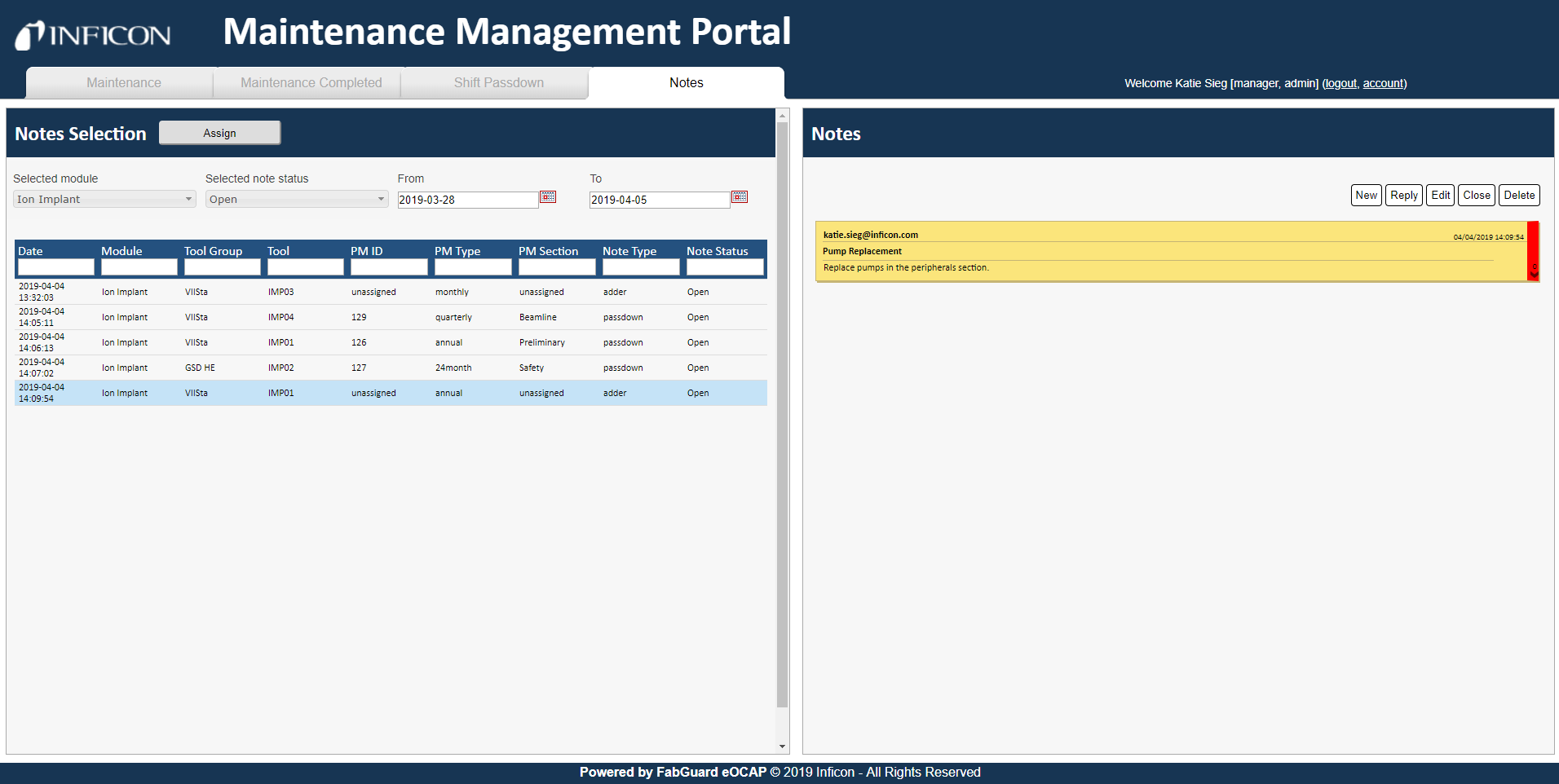
Figure 6: Notes view for managing maintenance communication.
There are three primary note categories modeled within the portal: passdown, continuous improvement, and adders (engineering requests).
- Passdown notes are used to capture general communication about a maintenance event. A passdown note can be assigned a main topic and can contain multiple replies. The passdown note can be closed when it is no longer needed. Passdown notes contain the date, time, and user information from when it was created and for each reply.
- Continuous improvement notes are used to identify updates needed to the maintenance modeling. For example, checkbox reordering, insertion of an input value, or general content edits would fall in the continuous improvement category. To assist the editing process, continuous improvement notes allow a user to highlight the input blocks that correspond to the note text. This helps the editor clearly identify what components need updating.
- Adder notes (engineering requests) are used to add additional checklist items to a specific maintenance event that are outside of the standard maintenance requirements (Figure 7). An adder note can be created outside of a maintenance event and assigned to a maintenance event at a later date. Once an adder note is assigned to a specific maintenance event, that note becomes a checklist item to be completed.

Figure 7: Adder checklist example of the notes highlighted in Figure 6.
Summary
The Maintenance Management Portal is a comprehensive maintenance task management solution specifically designed for the semiconductor industry. It addresses the need to have clear work instructions that are associated with specification documents, a modeled workflow that is enforceable, and electronic storage of maintenance data and metrics. The Maintenance Management Portal makes maintenance task management more efficient and also provides the right information at the right time so that maintenance tasks are executed with the highest quality.